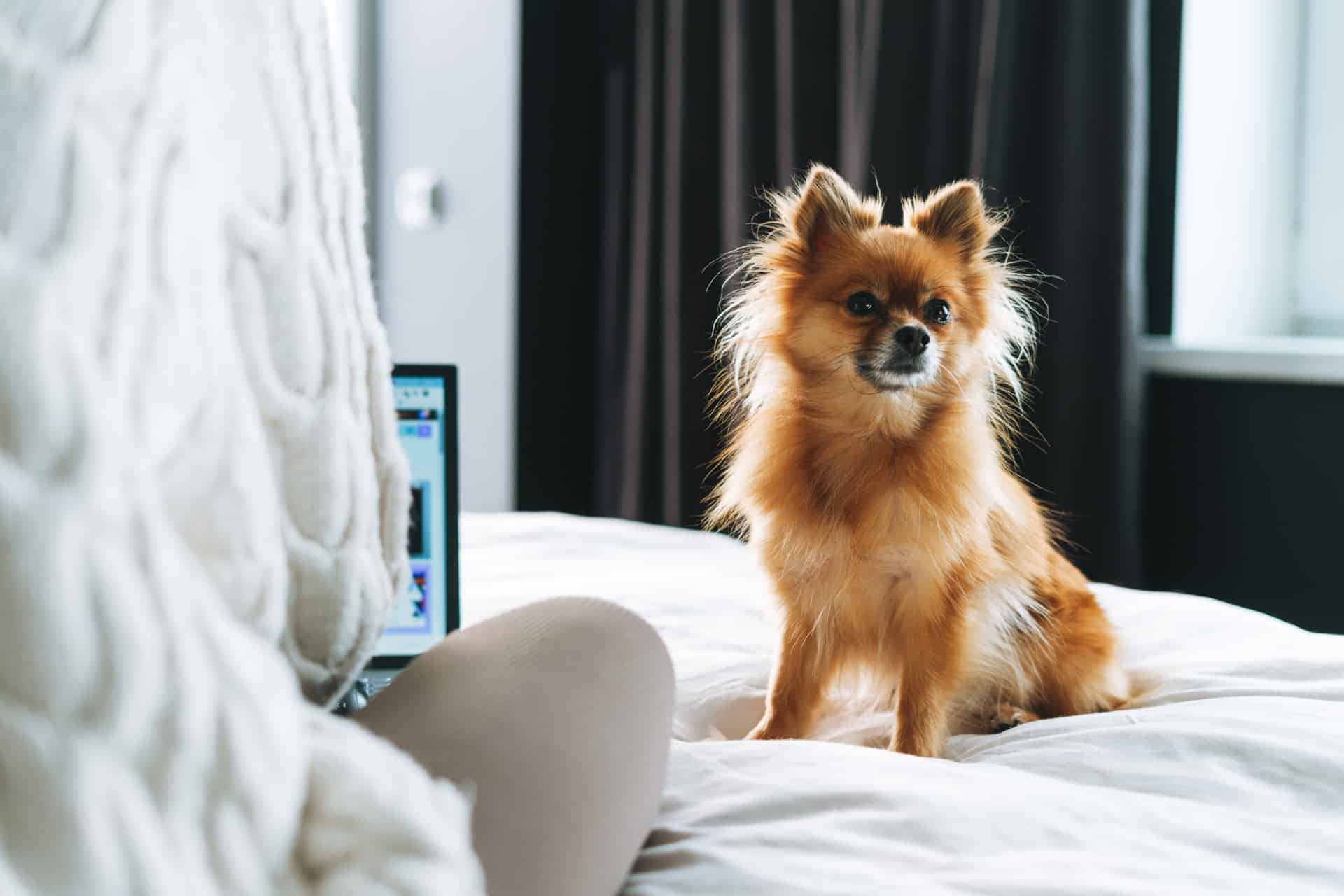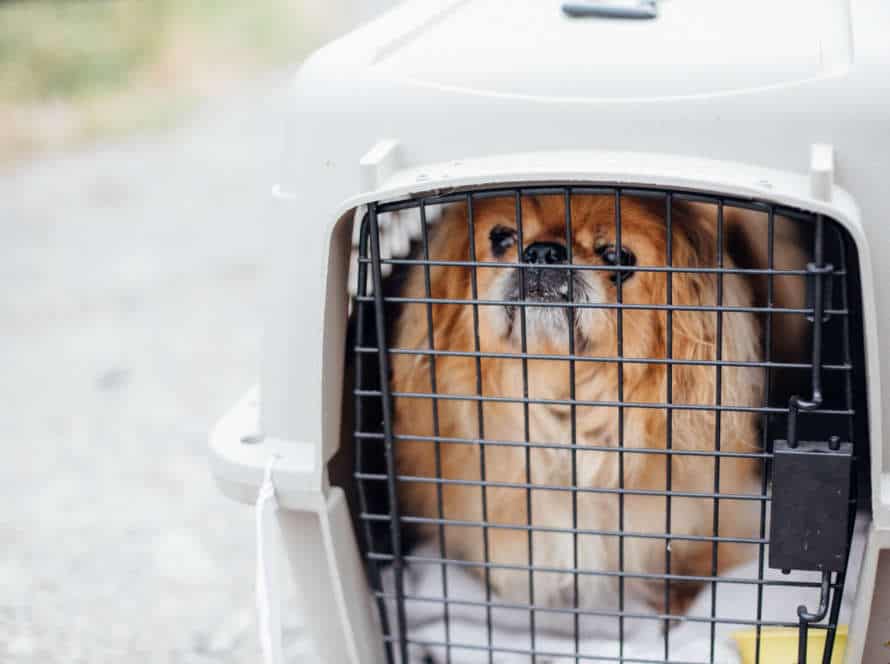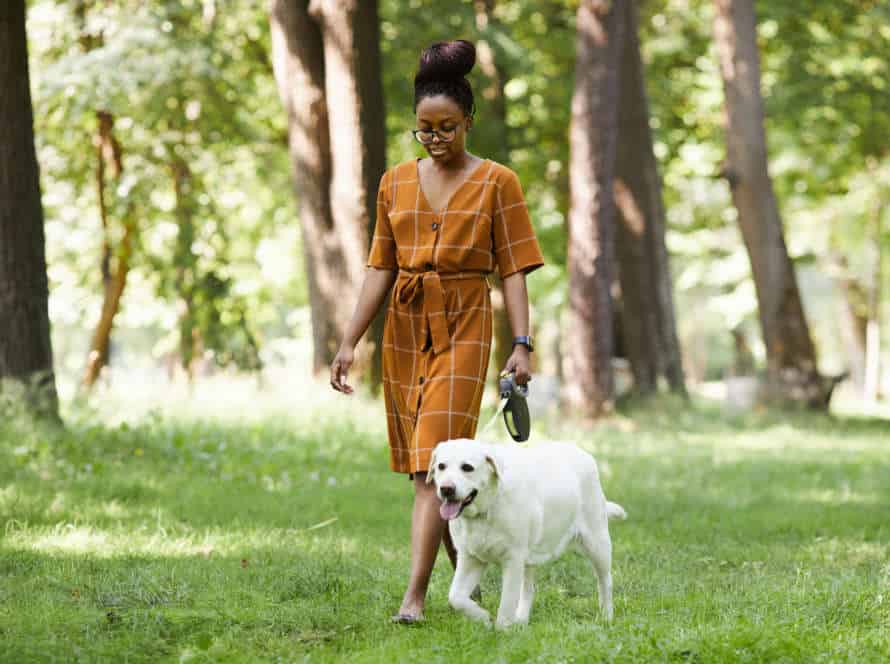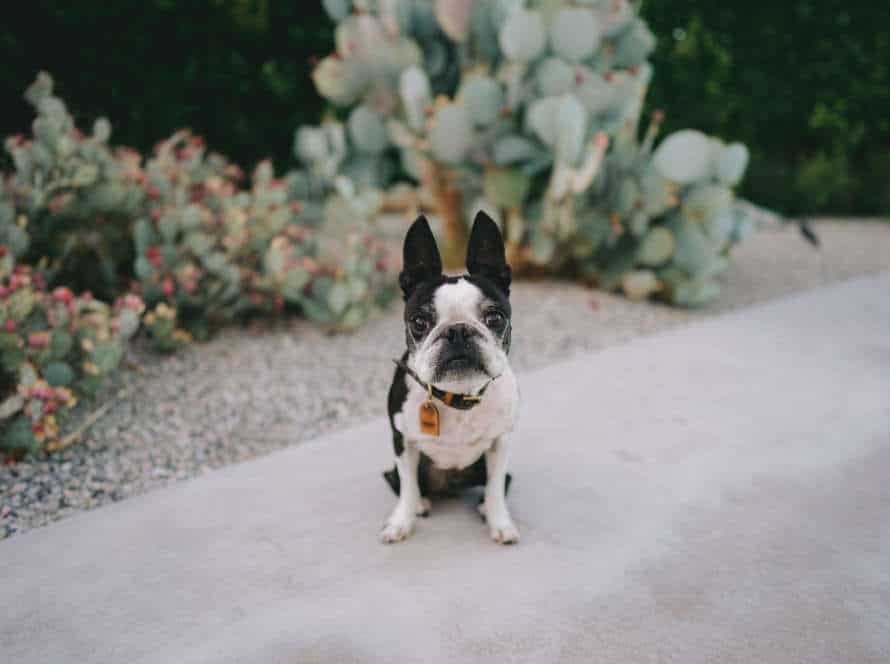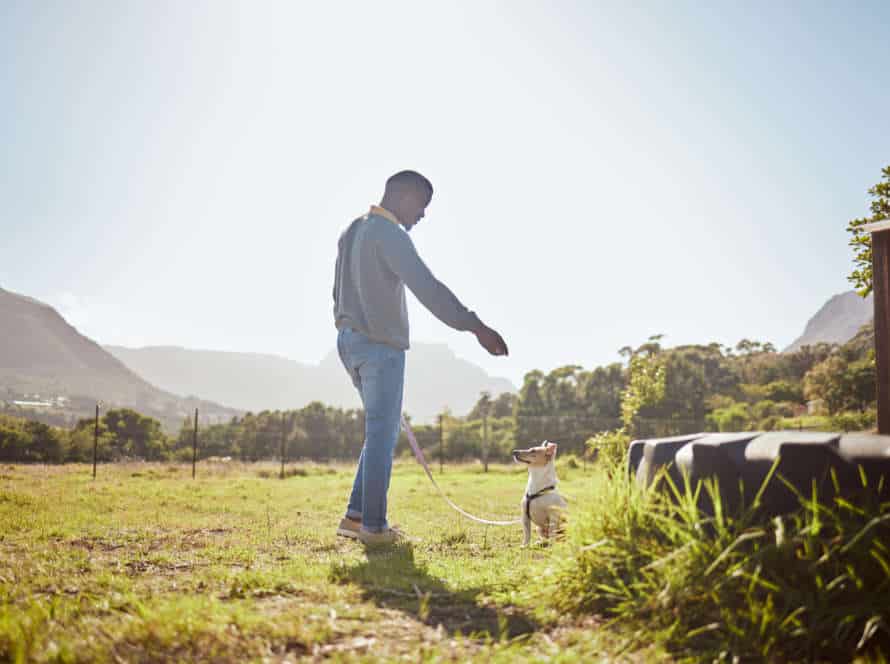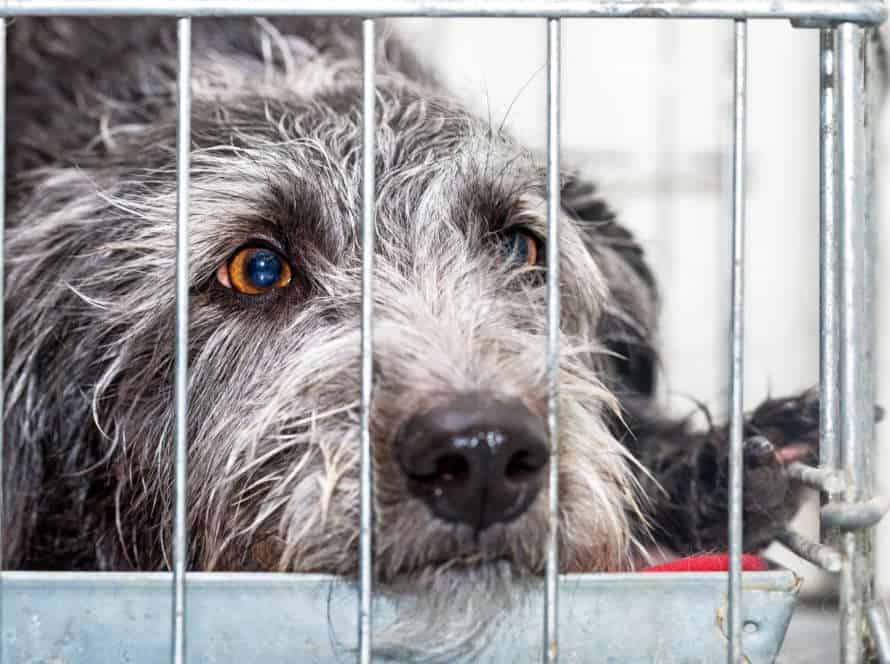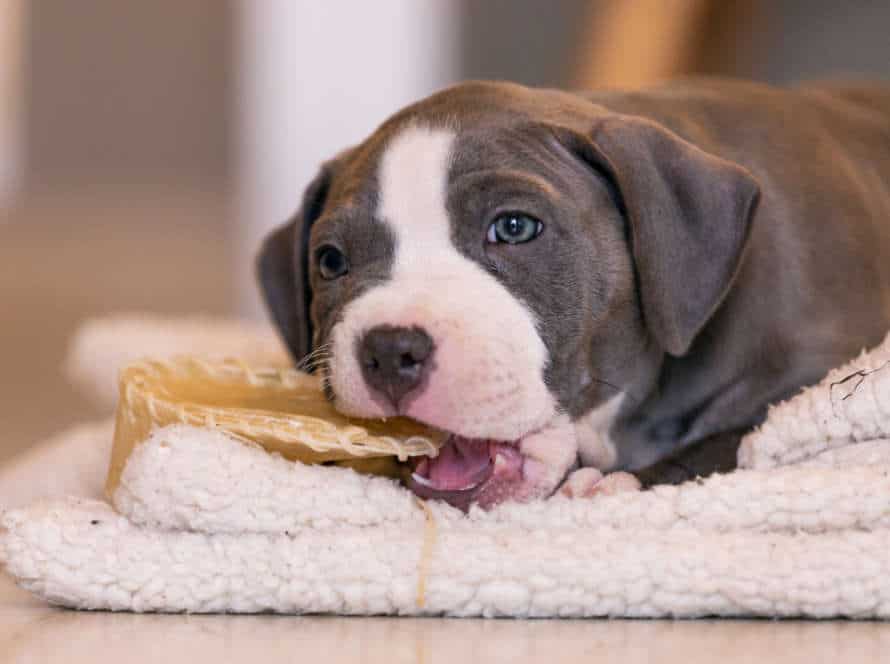How to Handle House Training Setbacks: Building Resilience in Your Dog
House training can be tough on a pup. But, there are ways to help your furry friend stay resilient and overcome accidents. Here’s what you can do:
- Stick to a routine; feed and walk them on a regular basis. Give lots of praise for good behavior.
- Don’t punish your pup for accidents. Redirect them and reward them when they get it right.
- Crate or confine them when you’re away or when unsupervised.
- Use special pet cleaning products to remove smells that could draw them back to the spot.
Building resilience takes patience. With consistent training and positive reinforcement, your pup can live their best life.
Understanding House Training Setbacks
House training issues: not fun for anyone! It’s essential to know why these setbacks occur and how to manage them. Plus, it is worth it to build resilience in your pooch. Here, we’ll look at understanding house training difficulties and how to raise a resilient pup.
Common Causes of House Training Setbacks
House training can be hard, but it’s a part of teaching your dog the right way. Here are some of the causes of house training setbacks and how to fix them:
- Inconsistent Training: Dogs like routine and repetition. If you’re not consistent, your dog can get confused. To prevent this, stick to a set meal and training time.
- Health Issues: If your dog has accidents, they could have a health issue. Take them to the vet to be sure.
- Anxiety or Stress: If your dog is anxious or stressed, they may have accidents. Try to find the source of their anxiety (like noise or being alone) and work on it.
- Punishing: Don’t punish your dog for having accidents. It’ll make them more stressed and cause more accidents. Focus on praise and rewards when they go in the right place.
With this info, you can help your dog build resilience and have a stress-free house training experience.
Recognizing Signs of a House Training Setback
House training setbacks can occur for many reasons – medical issues, routine changes, or training mistakes. Here are some signs:
- if your pup poops or pees inside after being potty trained,
- they act as if they’ve never been house trained, or
- they become anxious or destructive.
To handle setbacks, build resilience in your dog. Figure out the root cause, re-evaluate your plan, increase potty breaks, and use positive reinforcement. If there’s no progress, take them to the vet to check for medical conditions.
The Importance of Patience and Consistency
Training your dog? Patience and consistency are key! Time and effort are needed, but don’t forget to stay patient and consistent. Frustrations can arise, but building resilience requires patience and consistency.
Patience: Give your pup time to learn and get used to a new routine. Consistency makes sure they understand what you want. Don’t punish – be patient and reward them with positive reinforcement.
Consistency: Set a regular routine and make sure they know when to eat, when to play and when to go outside. This way, they’ll learn the right behaviour and practice it until it becomes a habit.
By having patience and consistency, you’ll minimize setbacks and have a resilient, well-trained pup.
Addressing House Training Setbacks
Training your pup to be house-trained can be tough. You’re sure to run into some issues. So, stay chill and patient! Tackle them straight away, and with quick corrective action. This’ll help your pup stay strong and make the training go smoother.
Evaluate Your Current House Training Method
House training a pup can be tricky and frustrating. If you’re having issues, it’s time to look at your current system and make changes. Here are 3 common problems and solutions:
- No progress? Double-check your approach. Are you consistent? Do you praise and reward? Adjust if needed, and stay patient.
- Regressing? Changes in routine or life events can cause this. Go back to basics, and reward good behavior.
- Eliminating elsewhere? Limit access to certain areas until your pup can be trusted. Use reinforcement and be consistent.
Patience and consistency are key for successful house training. With the right effort, your pup will become a valuable part of the family.
Identify the Specific Issue
It’s key to first pinpoint the issue when it comes to house training issues and resilience building in your pup. Here are some common house training issues and their fixes:
- Soiling in the house? Look at your dog’s feeding plan. Make sure you have a steady routine. Take your dog outside a lot, and reward ’em for going potty outside. Clean soiled areas with an enzymatic cleaner–gets rid of the smell.
- Scared of the outdoors? Socialize your dog gradually. Short walks, play outside. Use positive reinforcement to reward calm behavior.
- Inconsistent signals? Have clear & consistent signals for potty time. A command or routine. Stick to it, reward your pup when they do it right.
Take it slow! Setbacks are normal. Patience and consistency are key to get your pup back on track.
Addressing the Issue with Positive Reinforcement
House training needs patience and repeated positive reinforcement. There will be hiccups on the way, but keep your pooch resilient using positive reinforcement. Here’s how:
- Stay chill and don’t punish your pup. This makes them scared and anxious, leading to more obstacles.
- Instead, use treats and vocal praise to reward good behavior like peeing outside.
- Build a consistent routine. Take them out frequently at the same times of day.
- Be patient and consistent with training. Setbacks are natural, and it may take months for them to be house trained. With positivity, patience, and consistency, your pup will soon get there!
Preventing Future House Training Setbacks
Training your dog at home is vital for raising a pet. It can come with some troubles though. Handle these house training mishaps the correct way and it will make your pet resilient and stop future issues. To help you get through, let’s look at tips and techniques to stop future house training incidents.
Consistency is Key
Consistency is key to house training your pup and avoiding future issues. It can be a tough process and requires patience, time, and effort. Here are some tips to ensure consistency and avoid problems:
- Set up a routine and stick to it. Take your pup for a walk, playtime, and mealtime at the same time each day.
- Reward your dog when they obey the rules. Use treats, praise, or playtime to encourage good behavior.
- Keep an eye on your pup and limit their access to certain parts of your house until they’re fully house trained.
- Provide your pup with a specific spot to go to the bathroom, preferably outside. Take them there regularly and give them time to do their business.
- Be patient and don’t punish your pup for mistakes. Instead, redirect their behavior and reinforce good habits.
With consistency, patience, and a positive attitude, you can build resilience in your pup and prevent house training setbacks.
Stick to a Schedule
Making a timetable is important for keeping your pup from having accidents and making them more resilient. Dogs love routine and steadiness, and having a daily plan for feeding, going potty, and playtime can help them learn to control their bladder and bowels over time.
Here are some tips to help you:
- Set particular times for your dog’s meals and stay true to them.
- Take them outside to ‘go’ every 2-3 hours and after they wake, eat, or drink.
- Use the same command each time to show it’s potty time.
- Be consistent with giving treats and compliments when they do their business outside.
- Limit your pup’s access to other parts of the house until they are house trained.
By setting a schedule and being consistent, you can help your pup build good habits and stop future house training issues.
Encouraging Ongoing Training and Positive Reinforcement
It is essential to provide ongoing training and positive reinforcement to keep future house training issues away and help your pup become more resilient. Here are some tips:
- Devote regular time for coaching sessions to ensure good behavior and work on areas that need improvement.
- Reward your pup with compliments, treats and toys when they show good behavior.
- Be steady in giving commands, and avoid punishing them as it could make them fearful and aggressive.
- Be patient and positive when setbacks occur and clean messes immediately without reprimanding your pup.
By regularly training and using positive reinforcement, you can create a strong relationship with your pup and prevent further house-training issues.
Building Resilience in Your Dog
It’s ok for house training issues to occur; they are part of the journey. Aim for realistic goals and help your pup grow stronger. To handle house training hiccups in a positive manner, here’s what you need to know.
Recognizing Your Dog’s Accomplishments
Reward your pup for good behaviour! It helps them become more resilient and builds a stronger bond between you. Here’s how:
- Verbal Praise: Dogs love hearing happy words! When they do something right, give them a cheerful “good job!”
- Treats: Treats are a great motivation for dogs. If they do something especially well, offer them a treat as a reward.
- Playtime: Playtime is also a form of reinforcement. Spend some time with your pup, and reward them for their achievements!
By recognizing your pup’s successes, you’ll give them the confidence to handle changes and setbacks in life.
Reinforcing Positive Behaviors
Building resilience in your dog is key and that’s why reinforcing positive behaviours is so important. Positive reinforcement training helps to create a strong relationship between you and your pup, making hard times simpler. Here are a few tips to reinforce good behaviour:
- Give treats, compliments and petting when they do good.
- Be consistent with the same words and motions when teaching commands.
- Train in short and frequent sessions, one command at a time.
- Speak using a kind and patient tone.
- Take breaks and make it enjoyable for your dog.
Reinforcing Your Dog’s Confidence and Trust
To give your pup trust and assurance, provide a secure and predictable atmosphere that boosts good behaviour. Here’s some advice to bolster their resilience:
- Set up definite and consistent rules. This will help your pup feel secure and happier.
- Offer lots of socialization chances. Show them to new people, places, and creatures regularly. This will help them feel more confident and flexible in different scenarios.
- Employ positive reinforcement. Reward admirable behaviour with treats, approval, and love. This will motivate them to repeat the behaviour in the future.
- Be patient and understanding. Know that there will be hiccups, and stay patient and understanding with your pup. Don’t punish them for accidents or errors; focus on positive reinforcement instead.
By following these tips, you can assist your pup to be more resilient, assured, and trusting in any circumstance. Pro Tip: Remain consistent when building their resilience. Stay with your training and don’t give up when faced with difficulties.
The Benefits of Pomodoro Technique for Writers
The Pomodoro Technique was invented in the 1980s by Francesco Cirillo. It encourages you to divide up work into intervals. Short breaks are taken in between. This makes you more productive and reduces distractions. It also helps to boost your motivation. So, what are the advantages of this technique for writers? Let’s find out!
Understanding the Pomodoro Technique
The Pomodoro Technique is a method to manage time. It involves timing your work into 25-minute intervals, separated by short breaks. Writers can use it to increase productivity and focus while writing.
Benefits of the Technique include:
- Increased productivity – Breaking work into timed intervals helps stay focused and avoid burnout.
- Improved time management – Time is allocated to specific tasks, preventing too much time being spent on one task.
- Enhanced focus – Timed work intervals help stay on task and avoid distractions.
- Stimulates creativity – Breaks can help with fresh thinking and creativity.
Overall, the Pomodoro Technique is a powerful tool for writers to make the most of their writing sessions.
Pomodoro Technique and Writing
The Pomodoro Technique is great for writers seeking to boost productivity, focus and avoid burnout.
Benefits include:
- Time Management – Break writing time into 25 min intervals, with short breaks. Prioritize tasks and stay away from distractions.
- Enhanced Focus – Setting a timer for each writing session helps to prevent multitasking, leading to more productive writing.
- Reduced Procrastination – Encourages getting tasks done right away and staying on track until completion.
- Improved Work/Life Balance – With a regular schedule and time tracking, you can prevent burnout and have time for other important parts of life.
The Pomodoro Technique is an awesome time management tool that can help writers improve productivity and overall quality of life!
Pomodoro Technique and Creative Process
The Pomodoro Technique is a genius time management method for writers and other creative professionals. It will boost productivity, lessen procrastination, and increase focus and creativity. Here’s how it works:
- Choose a task you want to do, like an article or book chapter.
- Set the timer for 25 minutes.
- Stay focused without any disturbances till the timer goes off.
- Do something refreshing for 5 minutes.
- Do this cycle three more times. Take a 15-20 minute break after the fourth session.
This technique allows writers to break down a huge task into smaller, achievable goals, and helps them stay motivated.
Pro Tip: Use a digital timer and a distraction-blocking app for better results.
Frequently Asked Questions
Q: Why is my house trained dog suddenly having accidents inside?
A: Dogs can have setbacks for various reasons such as changes in routine, health issues, or stress/anxiety. It’s important to address the underlying cause and retrain your dog as needed.
Q: How should I react when my dog has an accident inside?
A: Never punish your dog for accidents as it will only make them afraid of you and worsen the problem. Instead, remain calm and clean up the mess immediately to avoid any lingering smells that may encourage future accidents.
Q: How can I prevent my dog from having accidents inside?
A: Keeping a consistent routine and schedule, supervising your dog at all times, and providing frequent potty breaks are all important in preventing accidents. Additionally, consider crate training your dog for times when they cannot be closely supervised.
Q: Is it possible to retrain an older dog who has developed bad habits?
A: Yes, it’s never too late to retrain your dog with patience and consistency. Consider using positive reinforcement techniques such as treats and praise to encourage good behavior.
Q: Should I use pee pads or indoor potty options for my dog?
A: It’s best to avoid training your dog to go indoors as it can confuse them and lead to accidents inside. Instead, always aim to train them to go outside as it is the most natural and effective solution.
Q: How long does it typically take to house train a dog?
A: House training can take anywhere from a few weeks to several months depending on your dog’s age, breed, and temperament. Consistency and patience are key to successful house training.

